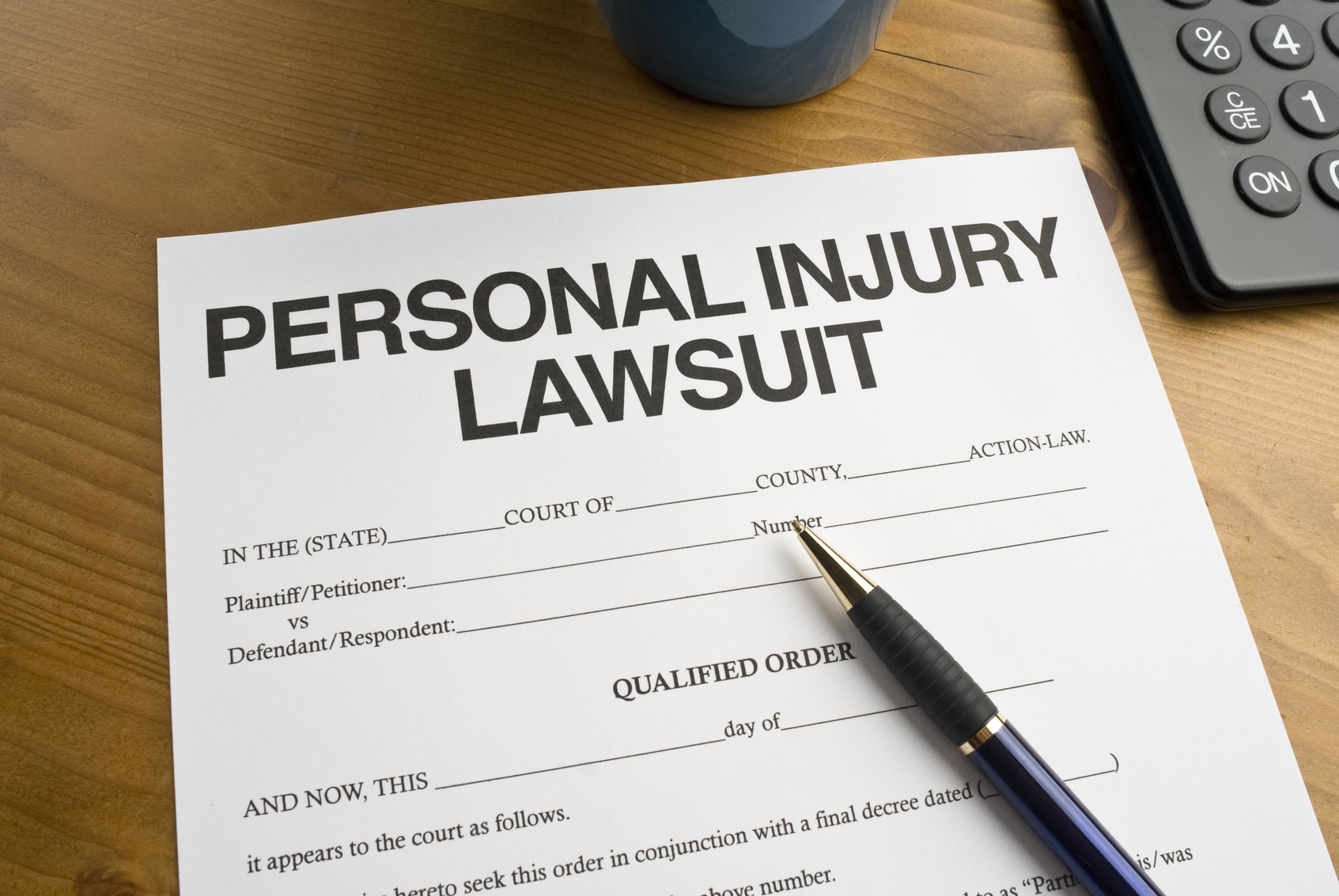Personal Injury Overview
Personal injury is derived from tort law. The purpose of tort law is to give private parties a legal mechanism through which the aggrieved party can recover for harm inflicted by the “at-fault” party. Whether you’re in California or Nevada, personal injury cases have similarities that transcend state lines.
DUTY
The first question one must understand is whether the person who caused the harm owed you a duty of care. In general, one is held to the “reasonable person” standard. In other words, if you injure someone in the course of your daily activities, the question becomes whether you acted in a reasonable manner.
On the other hand, someone might be held to a higher duty of care based on their relationship to you or professional standing. A doctor will be held to a higher standard when aiding a person in distress than a non-medical professional.
BREACH OF DUTY
A defendant is negligent if he breaches the duty of care owed to the plaintiff. This occurs when the defendant fails to use reasonable care in the performance of his or her duty. Whether the defendant breached the duty care is a question of fact for the jury.
CAUSATION
Causation is an often overlooked, but critical component, of tort law. If the defendant failed to use reasonable care and is found to have been negligent, you must also prove that the defendant’s actions were the cause of your damages. An important concept connected to this is the plaintiff’s duty to mitigate. In other words, after being in a car accident you have a duty to mitigate the damages by seeking medical assistance. If you suffer a broken leg in a car accident, fail to seek medical care, and the injury becomes more serious, the at-fault driver would not be required to pay for additional medical treatment required by your failure to seek prompt medical treatment.
Additionally, the at-fault party is only responsible for the damages directly caused by his or her negligence. In other words, assume again you’re in a car accident. After the accident you drive yourself to the hospital and get into another accident because the first accident resulted in damage to your vision. While you would not have gotten into the second car accident had it not been for the first, the at-fault party in the first accident would not be held liable for the damages you incurred in the second accident.
DAMAGES
Once it is established that the other party was negligent caused your damages, you have the right to seek financial recovery for both economic and non-economic damages. Economic damages include lost wages, medical expenses, and property damage. Non-economic damages includes pain and suffering, loss of consortium, and punitive damages.
However, your reward may be reduced if the court finds that you were partly at-fault for the accident. For example, assume you were in a car accident and it is determined that you were 20% at-fault. In that case, your award will be reduced by twenty-percent.

Leave a Reply